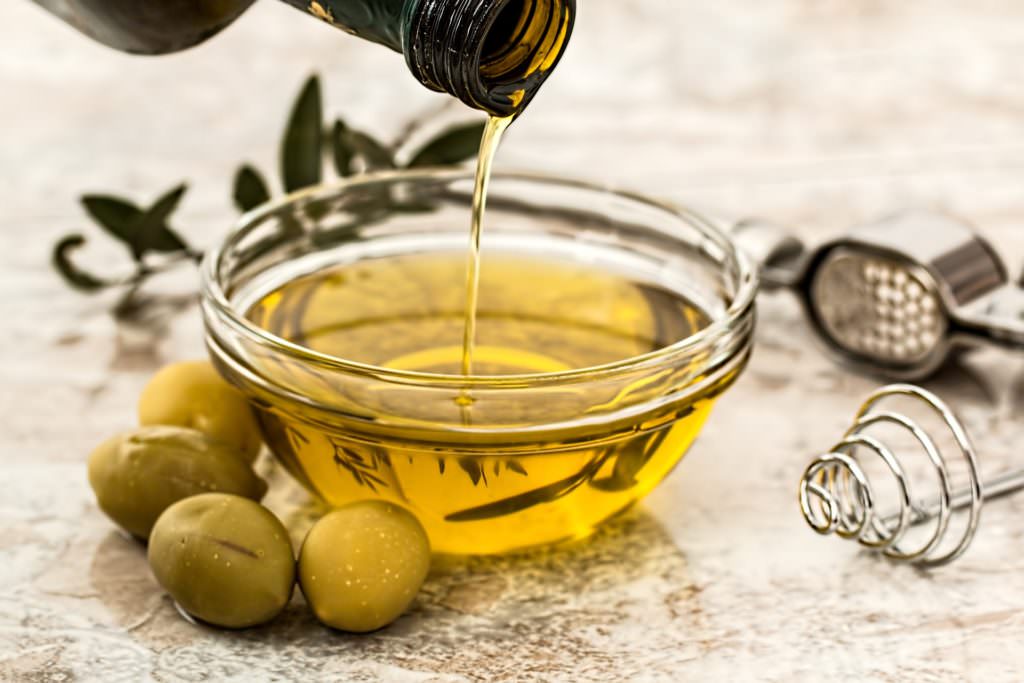
I’m guessing there’s a bottle of olive oil in many of your kitchens and most likely it’s an Extra Virgin Olive Oil, commonly abbreviated to EVOO in many health articles.
This is not surprising and indeed my kitchen is certainly no exception, I love olive oil!
Fresh high-quality extra virgin olive oil is one of the healthiest foods.
Why? It’s a reasonably stable oil that’s rich in polyphenols; plant nutrients that provide antioxidants including Oleic acid, which can help fight inflammation. This “healthy” dairy-free fat falls into most dietary categories/regimes – vegetarian, vegan, Paleo, Keto, Mediterranean and is included in weight loss programmes such as Weight Watchers and Slimming World.
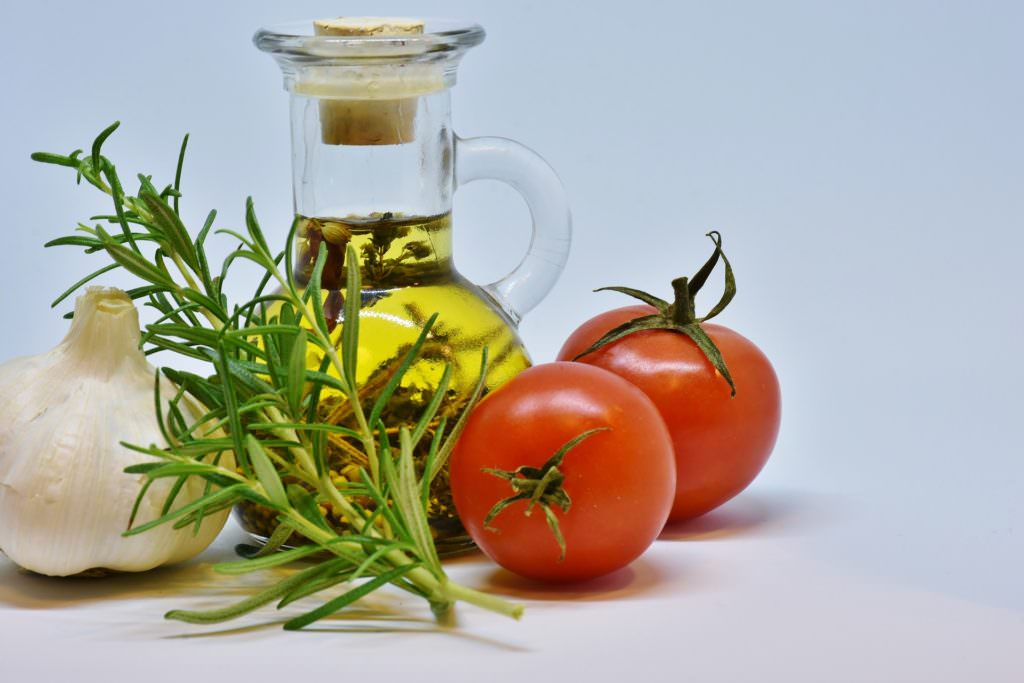
How to choose an olive oil
It’s been a staple for generations and feature in many Mediterranean regions of the world that have the highest concentration of centenarians, known as the Blue Zones, so there’s a good reason to believe that it’s a great one to include it freely.
However, I don’t use it for everything. and not all olive oils are equal!
1. What’s the difference between the olive oils?
- Virgin; an oil that has been extracted by cold-pressing, using mechanical means only, without chemicals or heat. It has a slightly higher acidity content and usually a milder taste.
- Extra virgin; a cold-pressed oil that comes from the first pressing of the olive and is, therefore, more a concentrated natural taste and aroma and less acidic in flavour
- Unfiltered; this cloudy oil is unfiltered which does not offer health benefits but can be preferable in taste
- Cold-pressed; olives that have been kept at a cool temperature and pressed without heat to retain optimal fresh and fruity flavours
2. What makes a good olive oil?
- The oil should smell fresh and have a definite fruity aroma
- A fresh good quality olive oil should have a bitterness; olives straight from the tree are indeed bitter
- The oil should have a pungency where the rich polyphenols should almost “catch” the back of the throat
Of course, it is a balance of these qualities and characteristics than offering the best taste and character and finding the best olive oil is perhaps harder than you imagine.
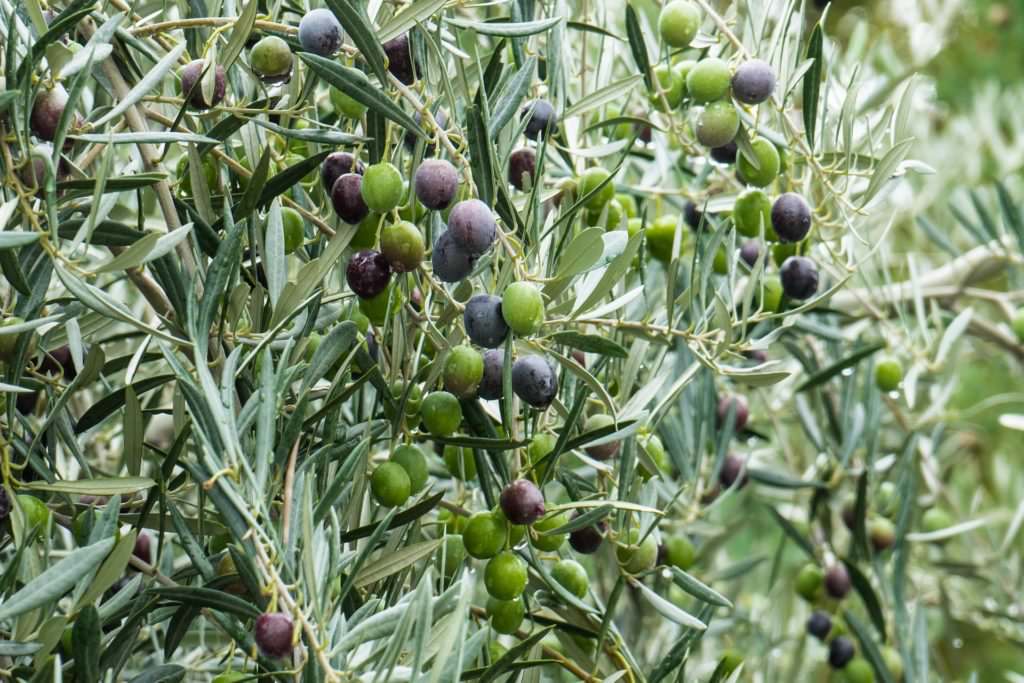
How to check the label when it comes to olive oil
3. What to look out for when buying olive oil?
- Harvest Date; the date the olives were picked. This can be an indicator of higher quality and even more so if the producer or estate is also noted.
- Best Before Date; when to use the oil by, generally around 18 months after harvesting. The fresher the better. If it doesn’t have a BB date, I would avoid it.
- Type of bottle; glass bottles will keep the oil more stable than a plastic bottle
- Colour of bottle; dark glass bottles will protect the oil from light and will, therefore, slow down the deterioration of the oil
- Taste; whilst you may not always be able to taste before buying, the taste is a good indicator of polyphenol levels. If the oil is distinctly bitter, peppery and pungent in flavour, whilst it may seem counterintuitive, this is actually a sign of polyphenol content.However, good oils that are more mellow in flavour simply mean they will have lower polyphenol content. They are still healthy and not necessarily lower in quality.
You may need to try different brands until you find the right bottle. Here’s one of my favourites; an organic Italian 100% Extra Virgin Olive oil.
4. Which olive oils to avoid?
- “Just” olive oil, in other words, not Virgin, EVOO, or cold-pressed etc
- “Light” olive oil; most likely it is processed or refined
- “Blended” olive oil; this is not pure olive oil and will have other (cheaper) oils added. Check the label
5. Is it ok to cook with olive oil?
It’s great eaten cold, drizzled over a meal just before eating or as part of a dressing for a salad. Not only are you adding intense flavour, eating it raw preserves the polyphenols and therefore the antioxidant benefits.
When it comes to cooking, olive oil and has a low smoke point. In other words, it can be damaged if used at high cooking temperatures. It is resistant to heat damage if cooking over a low to moderate (maximum 180 degrees) heat. For example when baking, slow roasting or a gentle sauté.
Do not use “cold-pressed” olive oils for cooking; this negates the health benefits of avoiding heat during extraction
If I’m cooking at higher temperatures, my choices would be more stable saturated fats like butter, ghee, coconut oil and rapeseed oil.
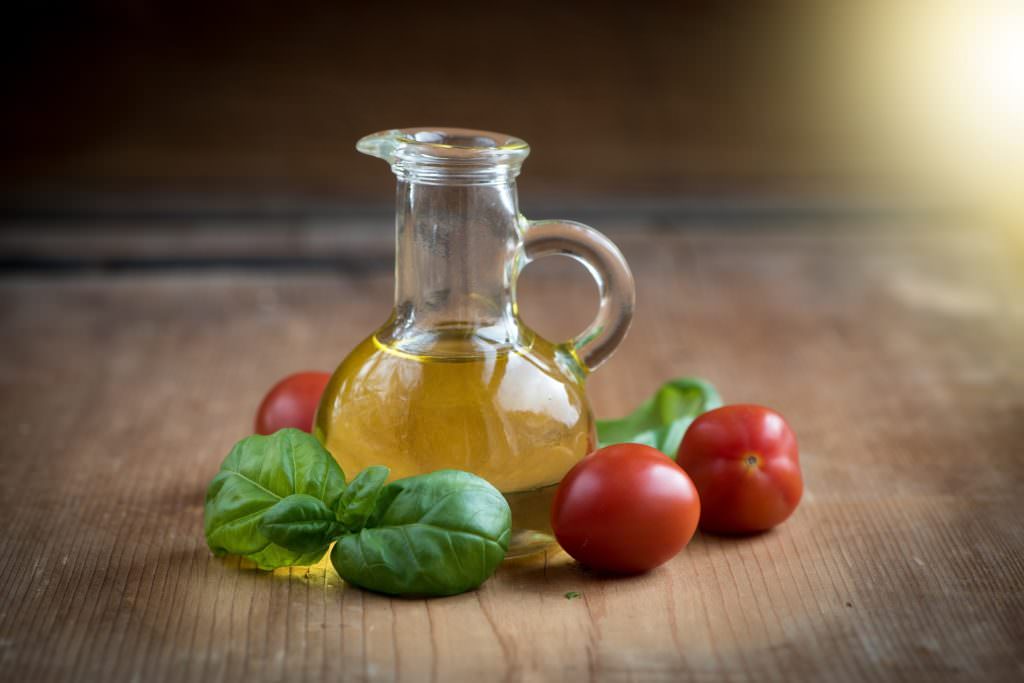
6. How can I identify pure and authentic olive oil?
It’s true, many popular brands of olive oil pass off as EVOO when in fact they may well be a blend of olive and sunflower oils with added chlorophyll for colour. It is important to check the labels for the criteria discussed above until you find a brand you trust.
7. I use EVOO on marinades before grilling or searing on the BBQ. Is this harmful?
As olive oil is not stable at high temperatures, I wouldn’t recommend using EVOO, especially expensive brands, on high heats or open flames. I would opt for Rapeseed oil and then drizzle olive oil on at the end for added flavour if needed.
8. Do you get the same health benefits by eating whole olives?
Absolutely but bear in mind that you would need around 20 large ripe olives to get 1 tablespoon of EVOO! You’re getting a higher concentration of polyphenols with EVOO and you’d also need to watch the salt levels. However, you are benefitting from the fibre content which is good for gut health.
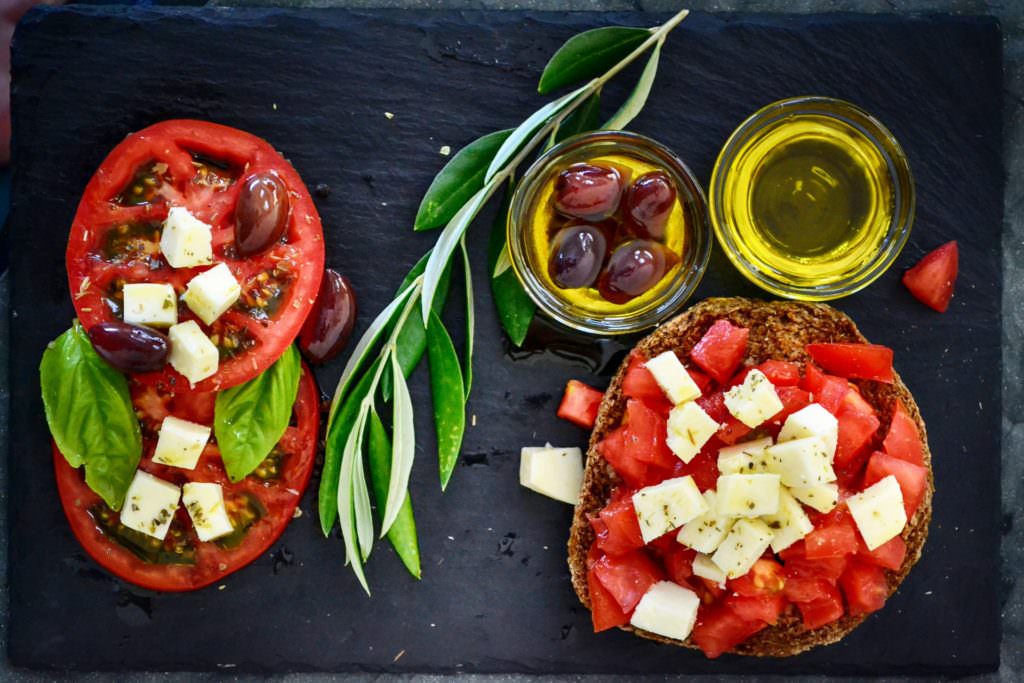
Choosing the right olive oil is important


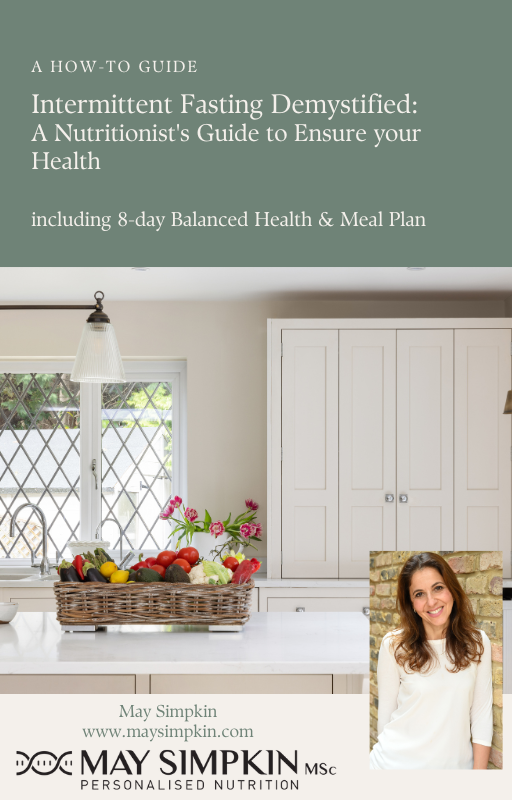
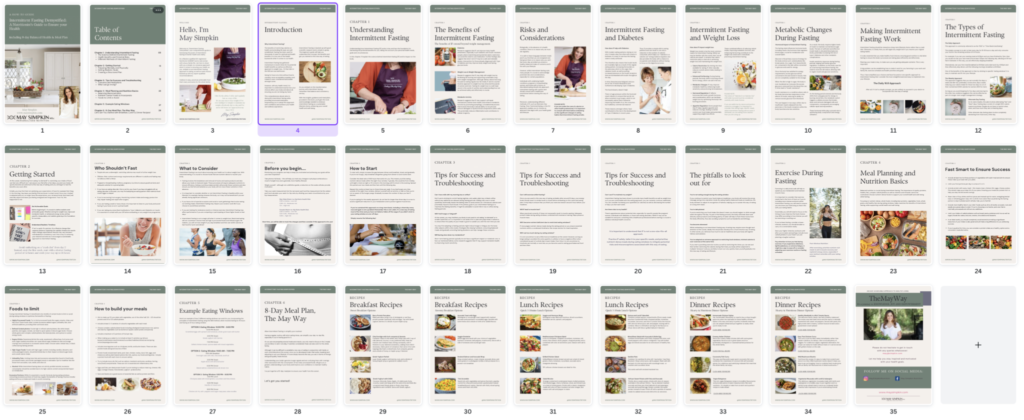

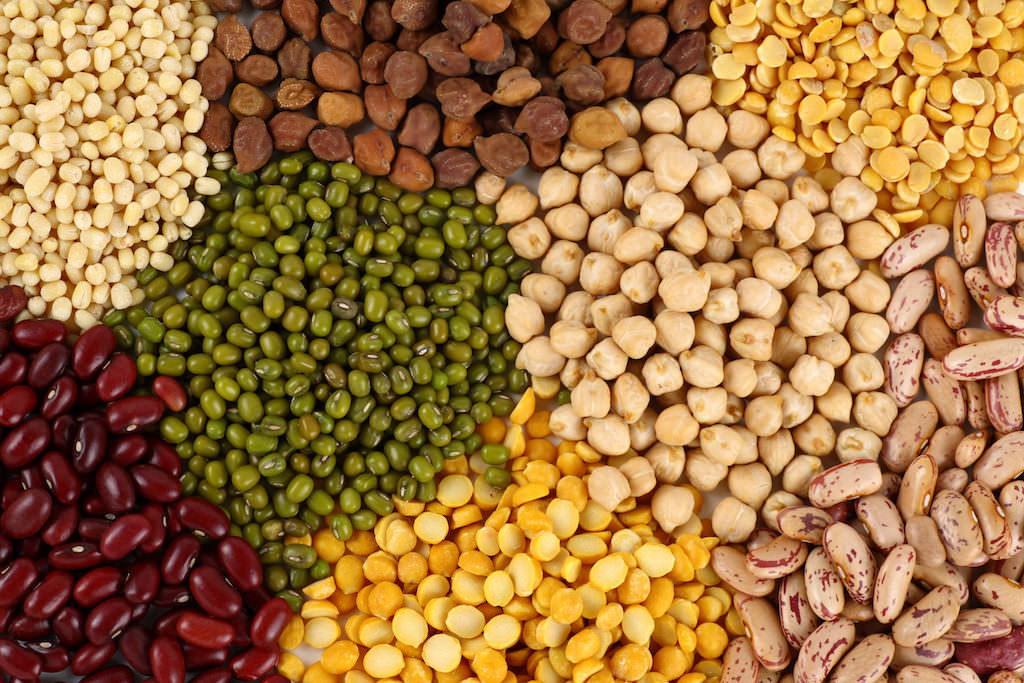

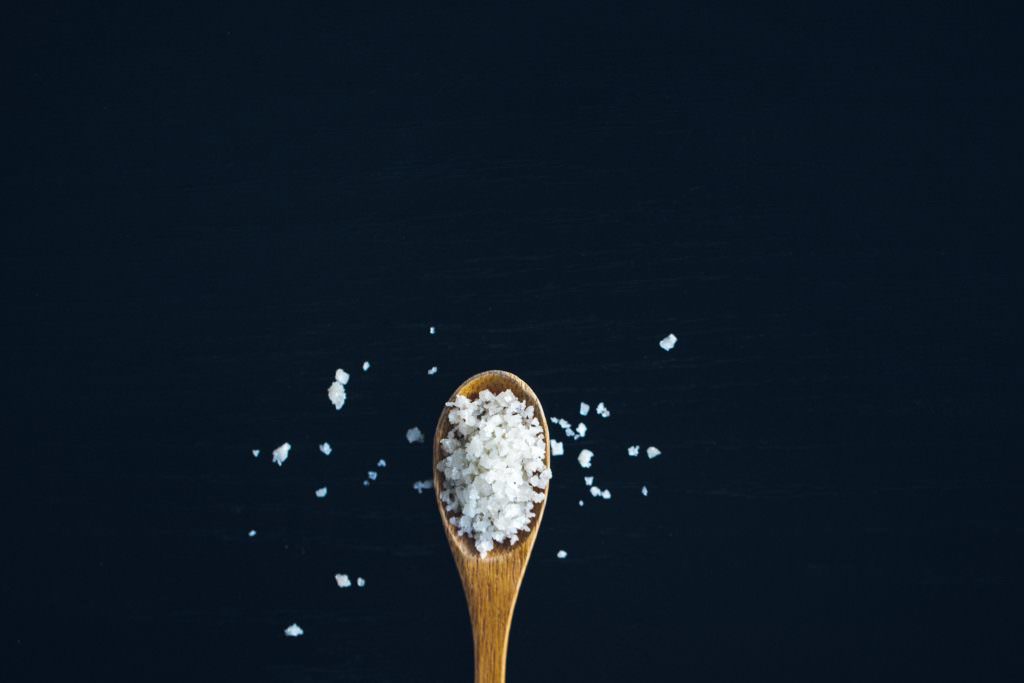
0 Comments